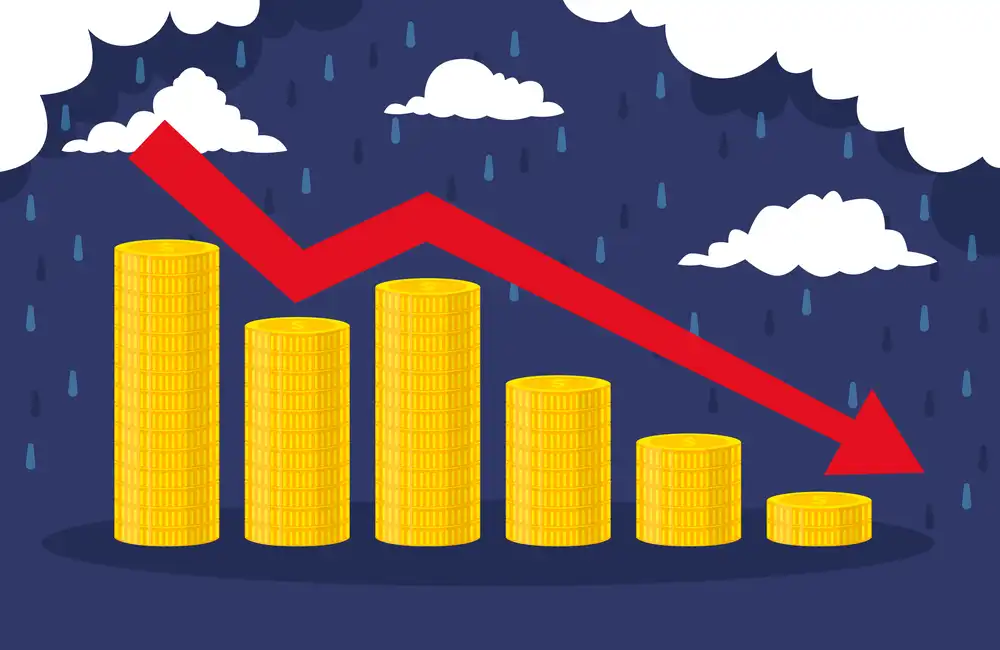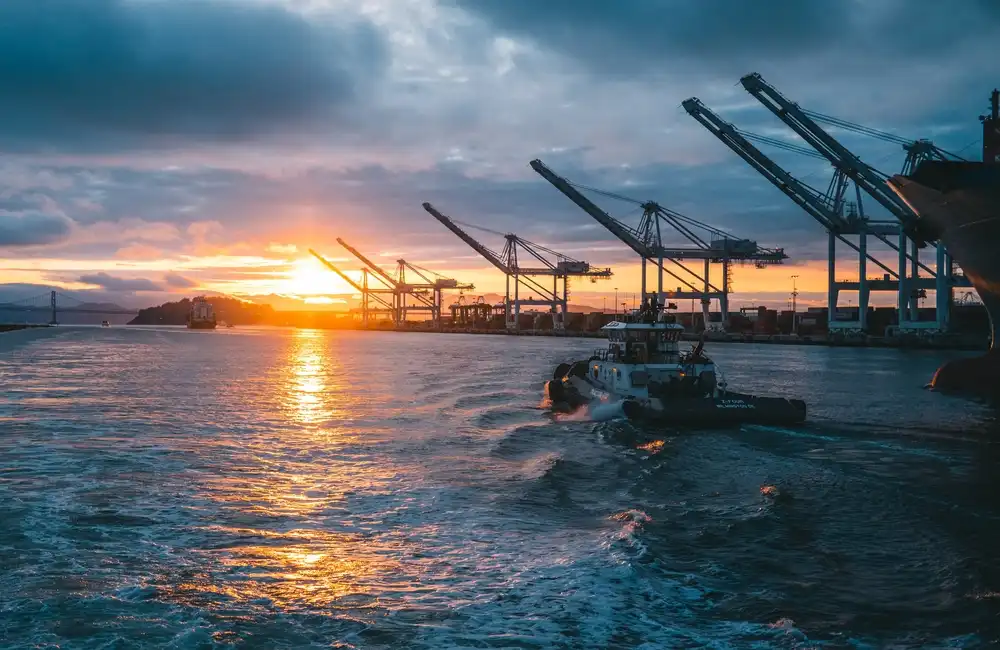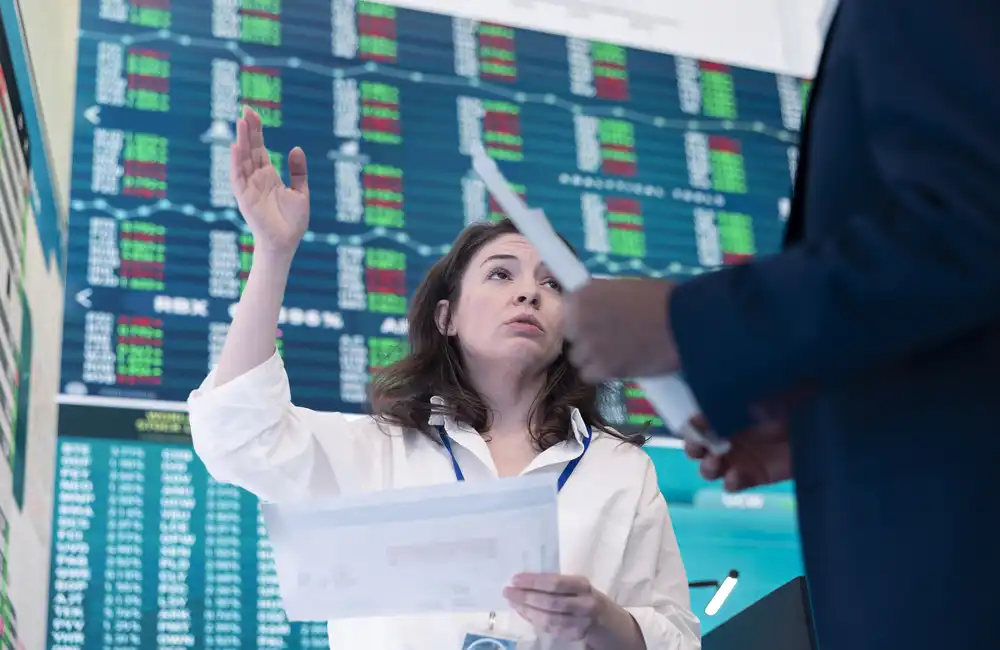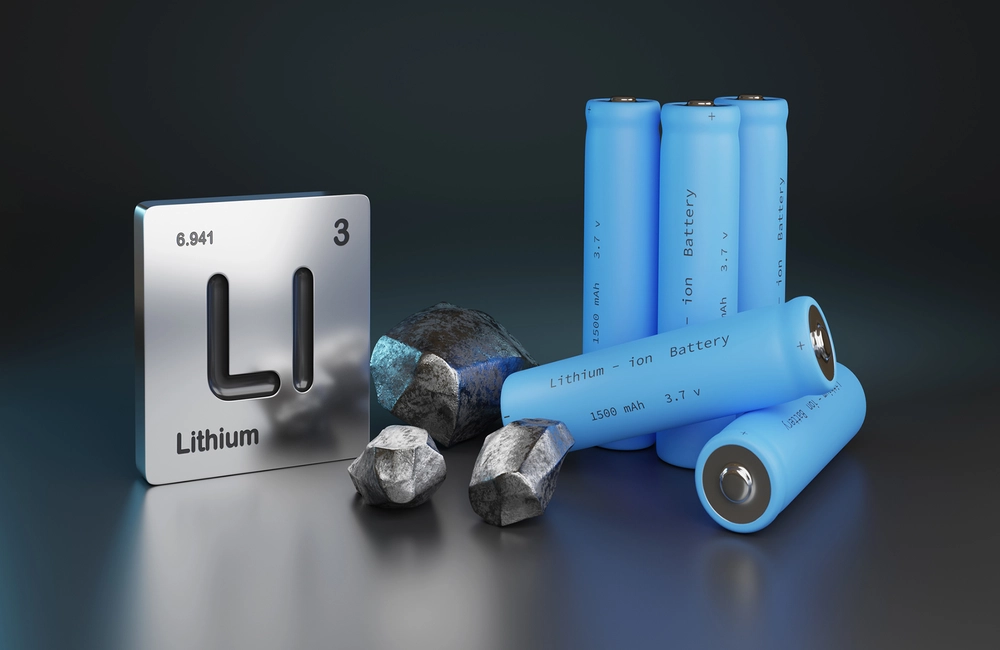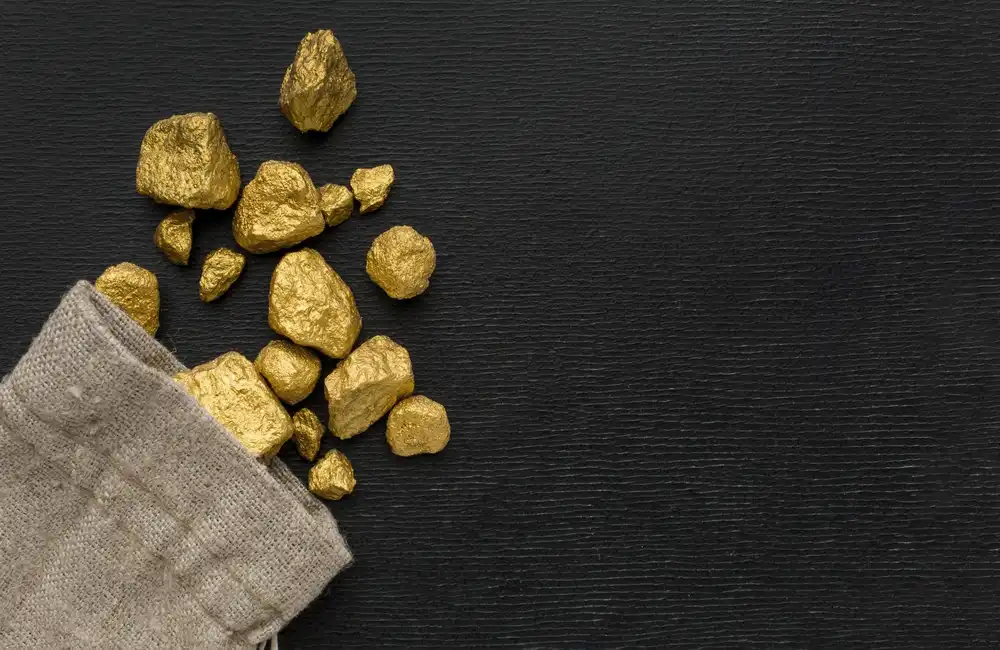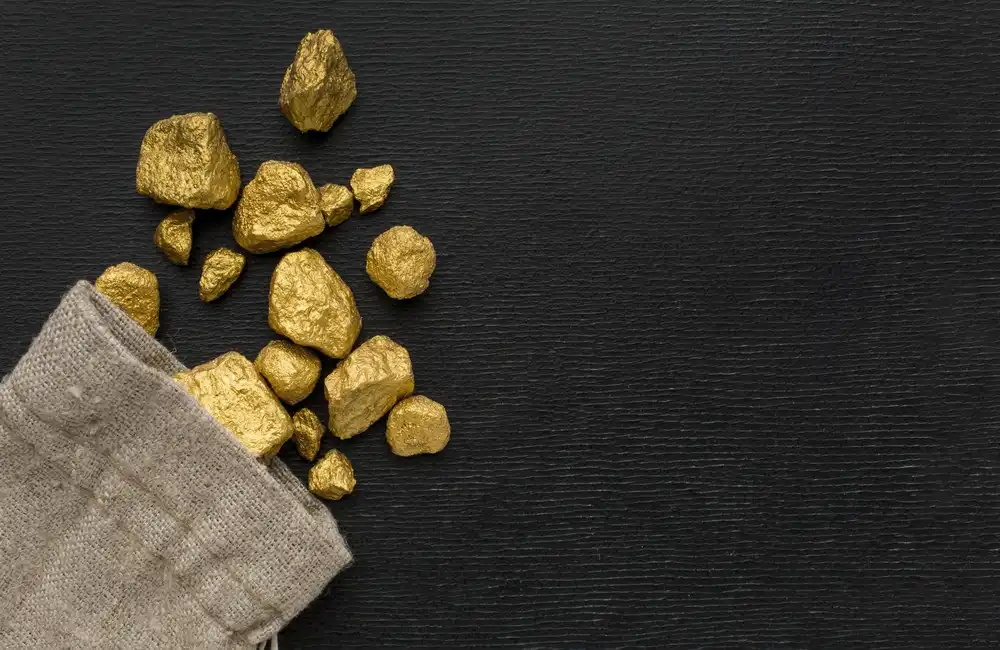The post-order estimates for demand for battery metals, particularly lithium, are likely to increase significantly by 2030
Energy analyst Leonardo Paoli of the International Energy Agency (IEA) said on May 23, as he also argued that investments into mineral extractions should be taken today.
Increased demand for battery metals had already driven the price of these metals through the roof, with the cost of lithium, for example, eight times higher than it was at the beginning of 2021, Paoli said at a webinar to launch the IEA’s Global Electric Vehicle Outlook 2022.
Platts assessments for seaborne lithium carbonate and lithium hydroxide were at $76,000/mt CIF North Asia and $80,200/mt CIF North Asia May 23, compared with $6,350/mt CIF North Asia and $9,000/mt CIF North Asia on Jan. 8, 2021, S&P Global Commodity Insights data showed.
Growing demand and increasing prices raised the question of whether the world would have sufficient metals and minerals to meet the aspirational targets for global electrification, Paoli said.
Electric vehicles are indicated to account for over 30% of vehicles sold globally in all modes by 2030 through the APS (Announced Pledges Scenario), which is the IEA’s representation of existing climate-focused policy pledges and announcements.
To get there, global battery capacity must scale up and Paoli pointed out that today, the world was building about 340 GWh/year of batteries, while the requirements (by 2030) would probably be five to 10 times larger to produce this number of batteries, we need a full output from around 100 gigafactories.
The APS says the supply of certain minerals, including lithium, will need to increase by as much as one third by 2030 to meet demand for EV batteries to fulfill global pledges and announcements.
The IEA noted that average battery prices had decreased 6% in 2021 to $132/kWh, which was slower than the 13% reduction seen in 2020, and projected that, should metal prices remain elevated through 2022, battery packs would be 15% more expensive than in 2021, all else being equal.
Evolving battery chemistries
But, Paoli noted, there were multiple potential battery cell chemistries out there for the group of people who had batteries in EVs, and battery cathode chemical compositions had changed over the last five years and would continue to do so, based on research and innovation efforts.
Nickel-based chemistries, including nickel-manganese-cobalt and nickel-cobalt-aluminum, dominated the EV battery market in 2021, accounting for 75% of cathode material demand share based on their long driving range advantage, although over the last two years LFP' share had ramped up to 25%, led by the increased adoption of EVs in China, stated the report.
“Most of the batteries being used today have nickel-rich cathodes, but LFP [lithium iron phosphate], which is a nickel-free and cobalt-free chemistry, was up from 25% to a 47% share of the market in 2021,” Paoli said.
The IEA sees the share of LFP batteries growing through 2030 thanks to a host of innovations, including cell-to-pack technology, that are making this chemistry a good fit for entry- and mid-level EVs, he said.
There also were other new and novel chemistries like manganese-rich cathodes and sodium-ion batteries that were headed to begin gaining market share by 2030, he said.
“If battery metal markets stay tight, and the prices of commodities stay high, automakers may transition faster to chemistries that are less intensive on critical metals, and they will accelerate R&D of alternate chemistries,” Paoli said during the webinar.
IEA commissioned the development of a constrained chemistry case that accelerates the penetration of alternative chemistries (and gives LFP a larger portion of that demand).
Here, Paoli said there was a shift in the gap between expected supply and demand as demand for cobalt and nickel now was projected to be less than for cobalt and nickel.
As for nickel, Paoli warned that while global nickel supply did not look in very tight balance, not all nickel resources could go into battery production.
“It follows that there is a need to establish both existing and novel pathways to upgrade low-grade ores into battery-grade nickel,” he added.
Russia accounts for 20% of global high purity nickel supplies, so Russia's invasion of Ukraine has added to price pressures, the report said.
Lithium investments
Concerning lithium, though, other investments would still be necessary, regardless of chemistry decisions.
According to the report’s APS, demand for lithium was expected to grow sixfold and reach 500 kilotons (kt) by 2030, the equivalent of the output from 50 new average-sized mines.
“So to avoid bottlenecks that can emerge within the EV supply chain in the next decade, both governments and market players need to undergo supply and demand monitoring,” Paoli said.
In order to drive EV uptake globally, governments would need to create strong, secure, resilient and sustainable EV supply chains, Tony said.
“This supply chain development simply will not happen without this, and the EV transition will not happen,” he said. Every aspect of the supply chain needs to be expanded, Unfortunately, according to our analysis we can see that the mineral extraction step is the most critical as it has the longest lead times associated with expanding it, so we need to start making investments now so we don’t run into bottlenecks down the line,” he added.
The IEA also said in the report that converting to recycling would be an important component in reducing demand for minerals, and while the effect would be small through 2030, the role of recycling in moderating mineral demand was crucial after 2030.


